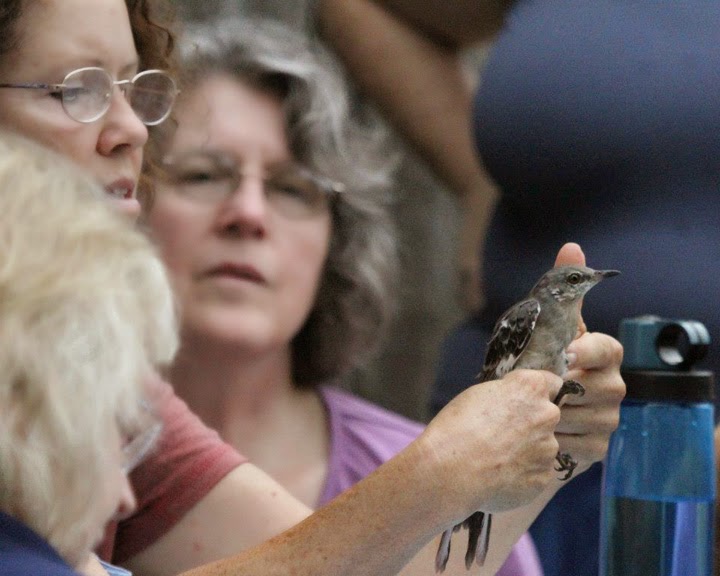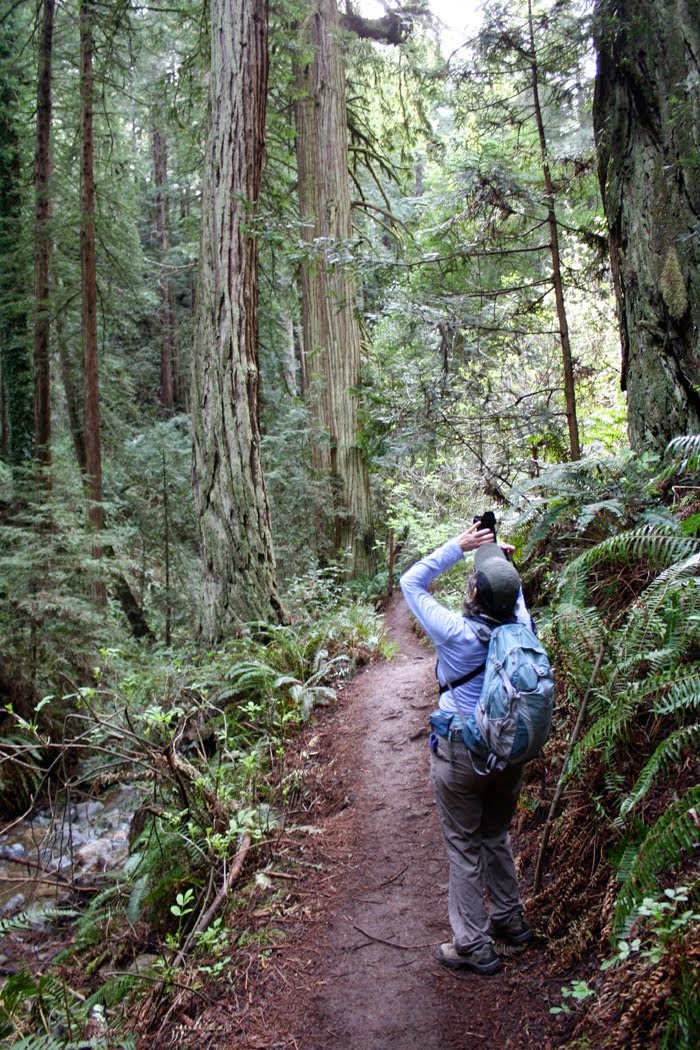The conversation went something like this, "Where do you want to go today?" It was my son's day off and we were in his home town, Los Angeles, CA. I had given it no thought, but my instant reaction was to check a local birding website to see what hot spots for birding were recommended. There, I read about a field trip that had taken place the day before at Rockweiler Beach where Snowy Plovers had been seen.
I asked my son if he knew where this beach was located. "Its under the LAX runway." I had to consider this. A beach under the runway?
The next thing I knew we were headed for El Segundo, a small community adjacent to LAX (Los Angeles International Airport). But first we stopped in a local coffee shop called the Blue Butterfly Coffee Company. We all like coffee! It was while visiting this shop that our butterfly discussion began. My son explained that the restaurant was named after the endangered El Segundo Blue butterfly.El Segundo is both a community in Los Angeles, and the name of the coastal dunes that border the Santa Monica Bay. It is on these dunes that the native Seacliff Buckwheat grows, the host plant for the El Segundo Blue butterfly during every stage of its life-cycle.
When very astute observers discovered that this butterfly was disappearing, it became one of the first species to be listed as endangered in the 70's. The reason for it's decline? It is a specialist species that relies solely on one plant throughout its entire life cycle. And that one plant was disappearing, crowded out by an exotic ice plant species. The butterfly itself only appears from late June to July, nectars on the Seacliff Buckwheat, and mates and lays its eggs on the plant's blossoms. Its larvae feed on the flowers, burrow at the base of the plant to form pupae, and re-emerge as butterflies the next season to start the cycle all over again.
Our next stop was nearby Rockweiller Beach and it actually is located in the flight path of airplanes coming and going on the LAX runway system, flying low over your head as you walk the beach.
The shorebirds don't seem to mind and neither did I once I spotted them. Marbled Godwits, a life bird for me, and Willets were foraging in the tide. The godwits were probing in the wet sand, the willets chasing the ebbing tide and running back to higher ground ahead of the next wave to eat their prize, sand fleas. I couldn't have asked for a better wildlife morning.
Marbled Godwit






























































